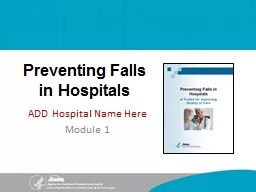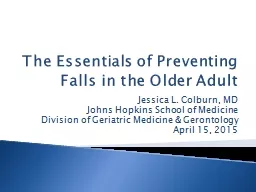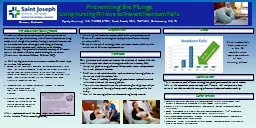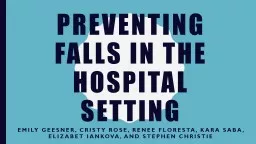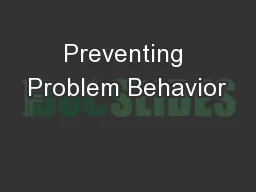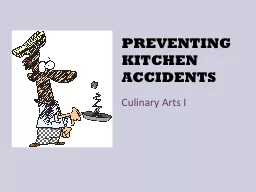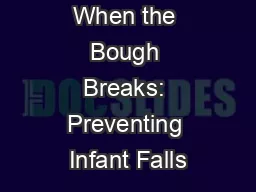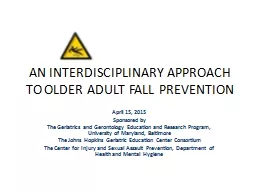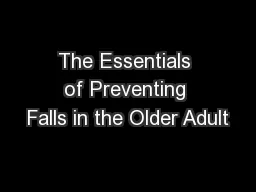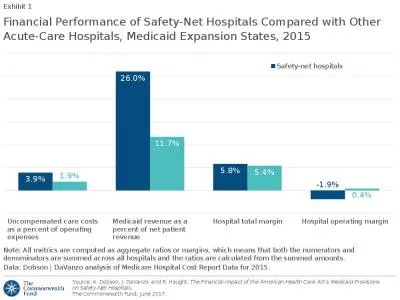PPT-Preventing Falls in Hospitals
Author : myesha-ticknor | Published Date : 2018-10-21
ADD Hospital Name Here Module 1 Ice Breaker Describe an interesting fact about yourself Compelling Reasons To Implement Program Falls are common They are the most
Presentation Embed Code
Download Presentation
Download Presentation The PPT/PDF document "Preventing Falls in Hospitals" is the property of its rightful owner. Permission is granted to download and print the materials on this website for personal, non-commercial use only, and to display it on your personal computer provided you do not modify the materials and that you retain all copyright notices contained in the materials. By downloading content from our website, you accept the terms of this agreement.
Preventing Falls in Hospitals: Transcript
Download Rules Of Document
"Preventing Falls in Hospitals"The content belongs to its owner. You may download and print it for personal use, without modification, and keep all copyright notices. By downloading, you agree to these terms.
Related Documents

